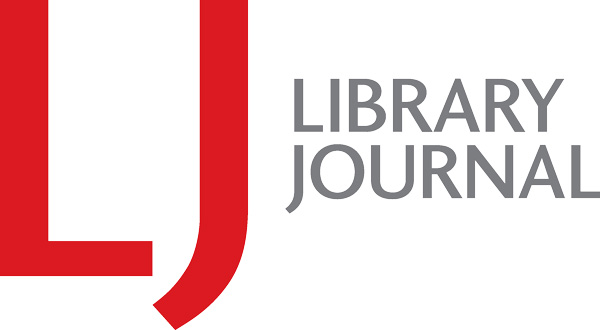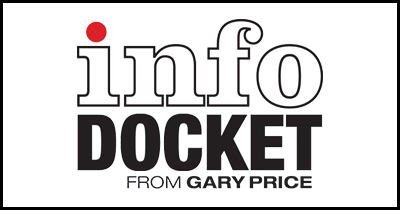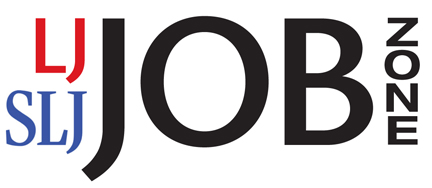Conference Poster: “Emerging Uses of the Research Organization Registry”
From the Septentrio Conference Series.
Title
Emerging Uses of the Research Organization Registry

Author
Amanda French
Crossref
Source
Septentrio Conference Series, (1)
DOI: 10.7557/5.6654

Abstract
Since its launch in 2019, the Research Organization Registry (ROR) has seen tremendous support from key players in the scholarly communication system, and the past year has seen a particular increase in adoption of ROR. Crossref, DataCite, and ORCID now all support ROR identifiers in their metadata schemas, and many open access publishers and data repositories are using ROR to exchange organizational affiliation information across systems. This poster will give a brief introduction to ROR and feature some notable uses of the ROR ID in order to show what is possible when systems track and share consistent organizational identifiers as open metadata in the teeming ecosystem of scholarly information.
Crossref has articulated its ideal scholarly communication system in its aspirational vision of the Research Nexus, which it imagines as “A rich and reusable open network of relationships connecting research organizations, people, things, and actions; a scholarly record that the global community can build on forever, for the benefit of society.” These building blocks of “research organizations, people, things, and actions” must generally be represented by machine-readable persistent identifiers in order to be made visible and useful: ROR IDs identify and disambiguate research organizations just as ORCIDs identify researchers and DOIs identify research outputs (“things”) such as articles and datasets. DOIs and ORCIDs are now widely understood to be central to the scholarly communication system, but because ROR is a newer initiative, its value may not be as clearly understood.
Only recently has ROR begun to be visible in the scholarly landscape, especially but not only in open access and open data projects. For instance, The Open Access Monitor <https://open-access-monitor.de>, a project to improve data about open access in Germany, uses ROR IDs to describe and manage organizations, which allows a user to get very rich data about the open access status of publications issued by researchers affiliated with a particular German research organization (e.g., the Max Planck Institute). OpenAlex <https://openalex.org>, a fully open catalog of the global research system, also uses ROR IDs to track author affiliation information: 94% of the 109,000 institutions in OpenAlex have a ROR ID. The Dryad data repository <https://datadryad.org> asks for institutional affiliation when a user submits a dataset and uses ROR to generate an institutional browse feature in its interface.
As we try to improve the system of scholarly communication, we need to remember that research organizations should not be represented by inconsistent text strings or closed identifiers. We can ask and answer more interesting questions of the scholarly record when we can trust its organizational information.
Direct to Poster
Filed under: Associations and Organizations, Companies (Publishers/Vendors), Data Files, News, Open Access
About Gary Price
Gary Price (gprice@gmail.com) is a librarian, writer, consultant, and frequent conference speaker based in the Washington D.C. metro area. He earned his MLIS degree from Wayne State University in Detroit. Price has won several awards including the SLA Innovations in Technology Award and Alumnus of the Year from the Wayne St. University Library and Information Science Program. From 2006-2009 he was Director of Online Information Services at Ask.com.


